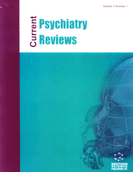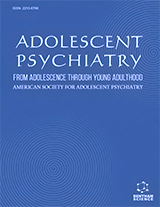Abstract
In recent years transgenic studies in mice, in particular those utilizing gene knockout techniques, have greatly contributed to our understanding of the molecular mechanisms of drug reward and drug abuse. Many of the initial gene knockouts that have been created focused on the initial molecular targets of drugs of abuse such as the μ opiate receptor (MOR) for morphine, the dopamine transporter (DAT) for cocaine and the vesicular monoamine transporter 2 (VMAT2) for amphetamine. These met with varying degrees of success; for instance, although gene deletion of MOR eliminated virtually all of the effects of morphine, the effects of cocaine were eliminated only by combined deletion of DAT and the serotonin transporter (SERT). However, such studies only address the role of these genes in the actions of a single drug, and not potential contributions to the rewarding and addictive properties of drugs of abuse more generally. Studies of MOR KO mice have been done for a number of addictive drugs and it has become apparent that MOR KO affects the rewarding consequences of a wide range of addictive substances. This contrasts quite sharply with the consequences of other gene deletions, including deletion of the other opiate receptor genes. Furthermore, this conclusion suggests that variants in the MOR gene itself or variation in MOR gene expression may influence susceptibility to drug abuse and provide a common molecular target for treating a wide range of addictions.
Keywords: molecular genetic, hyperalgesia, Conditioned place preference (CPP), DOR agonists, Morris water maze, Combinatorial knockouts, immunosuppressive
 10
10



